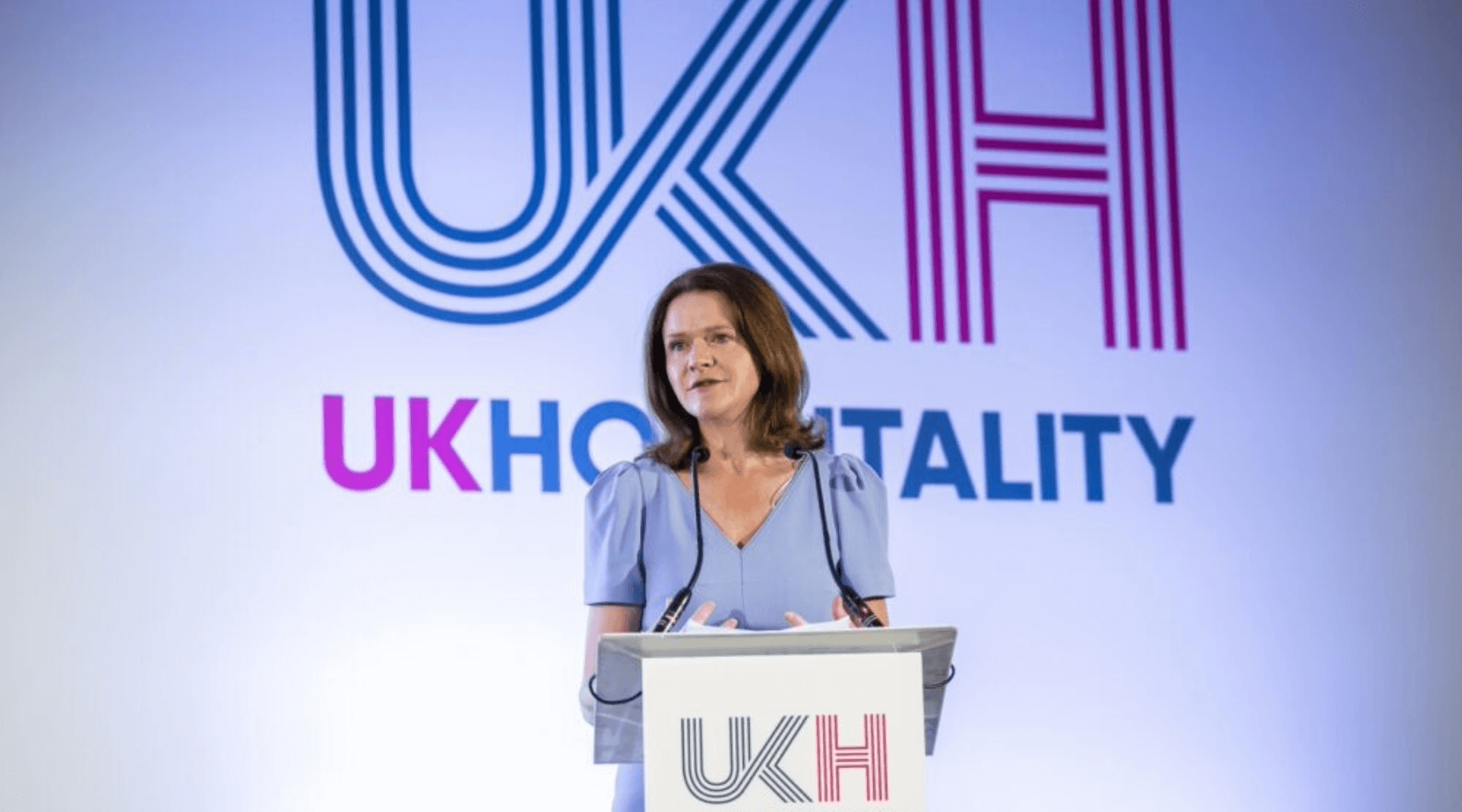Could Business Rates Reform Reshape the High Street?
Posted by Emily on 20th Nov 2024 Reading Time:
The UK government has introduced draft legislation to permanently reduce business rates for retail, hospitality, and leisure (RHL) properties starting in 2026. This unprecedented measure aims to alleviate the financial pressures on high street businesses while promoting fairness in the taxation system.
The planned tax cut will be funded by increasing rates on the largest business properties, including distribution warehouses operated by online giants. The government asserts that this shift will “level the playing field” between physical businesses and their online counterparts, which often enjoy lower operational costs.

Warehouses face higher rates as part of plans to fund business rates relief for high street businesses.
Immediate Support Ahead of 2026
In the lead-up to the new system, transitional relief measures are being implemented. From next year, 250,000 RHL properties will benefit from a 40% reduction in business rates, capped at £110,000 per business. Additionally, a freeze on the small business multiplier and continued small business rates relief will provide further support, collectively saving businesses over £1.6 billion in the 2025–26 financial year.
Exchequer Secretary to the Treasury, James Murray, stated:
“For too long, the business rates system has worked against our high streets. This Bill paves the way for a permanent cut, helping to level the playing field and enabling RHL businesses to thrive.”
Mixed Reactions from Industry Leaders
The initiative has drawn both praise and concern from industry representatives. Kate Nicholls, Chief Executive of UKHospitality, welcomed the permanent reduction in business rates, calling it a “recognition of the high street’s importance to our communities and economy.” However, she expressed concerns that some larger hospitality properties—those valued above £500,000—might miss out on the lower rates.
Kate Nicholls welcomes the permanent business rates relief but calls for inclusive support to ensure larger hospitality properties are not left behind. Listen to her thoughts on The Ceres Podcast.
Sebastian James, former CEO of Boots and Dixons Carphone, also voiced support, stating:
“Rebalancing the heavy business rates burden on bricks-and-mortar businesses is essential for revitalising high streets as community hubs.”
John Webber, Head of Rating at Colliers, highlighted significant concerns about how the reform is being funded. Speaking recently on The Ceres Podcast, he remarked:
“The Government’s announcement of a new permanent tax cut for retail, hospitality, and leisure sounds good in principle, but funding it through a higher tax rate on the top 1% of businesses could seriously misfire. This policy risks impacting not only key sectors like manufacturing, industrial, and utilities but also the larger retailers and hospitality businesses—the very ones creating jobs in these sectors.”
Webber further emphasised the financial strain this could impose on larger enterprises:
“Should the Government proceed with this, supermarkets could see a £228 million rise in rates bills, larger shops £87.2 million, and retail warehouses £37.5 million. This policy rushed through Parliament with minimal consultation, could deter investment and expansion while threatening jobs. It’s hard to see how any of this will truly save the high street.”
John Webber raises concerns about the financial burden on larger businesses and the rushed implementation of the government’s business rates reform. Listen to his thoughts on The Ceres Podcast.
National Insurance Relief for Smaller Businesses
The government is also raising the Employment Allowance from £5,000 to £10,500 from April 2025, allowing 865,000 employers to avoid paying employer National Insurance entirely. This means businesses can hire up to four full-time National Living Wage workers without incurring these costs.
Craig Beaumont, Executive Director at the Federation of Small Businesses, highlighted the significance of this measure:
“This decisive step on business rates reform and the Employment Allowance increase shows the government is listening to small firms. However, more needs to be done to ensure no business is left behind.”
The Road Ahead
The legislation introduces a sustainable funding model, requiring the top 1% of high-value properties valued at £500,000 or more to contribute more. This includes large distribution centres, which have long benefited from tax advantages over high-street competitors.
While these reforms represent a step forward in addressing structural inequalities in the business rates system, they also bring new challenges. The government has promised a six-month consultation with businesses to explore further reforms outside the RHL sectors. However, concerns about rushed implementation and the broader economic impact of these policies remain at the forefront.
As high streets navigate the path to recovery, these measures offer a mix of hope and caution for businesses across the UK.



